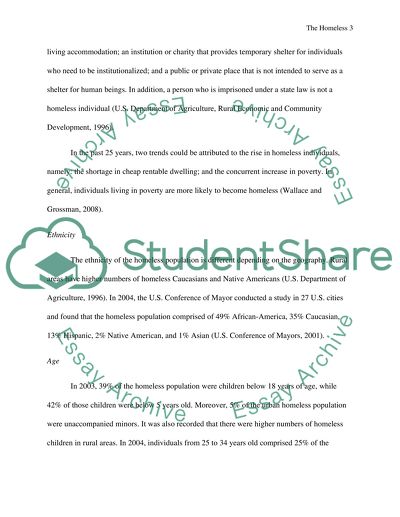Cite this document
(“Vulnerable Populations: Focusing on the Homeless Essay”, n.d.)
Vulnerable Populations: Focusing on the Homeless Essay. Retrieved from https://studentshare.org/sociology/1434391-vulnerable-populations-focusing-on-the-homeless
Vulnerable Populations: Focusing on the Homeless Essay. Retrieved from https://studentshare.org/sociology/1434391-vulnerable-populations-focusing-on-the-homeless
(Vulnerable Populations: Focusing on the Homeless Essay)
Vulnerable Populations: Focusing on the Homeless Essay. https://studentshare.org/sociology/1434391-vulnerable-populations-focusing-on-the-homeless.
Vulnerable Populations: Focusing on the Homeless Essay. https://studentshare.org/sociology/1434391-vulnerable-populations-focusing-on-the-homeless.
“Vulnerable Populations: Focusing on the Homeless Essay”, n.d. https://studentshare.org/sociology/1434391-vulnerable-populations-focusing-on-the-homeless.


